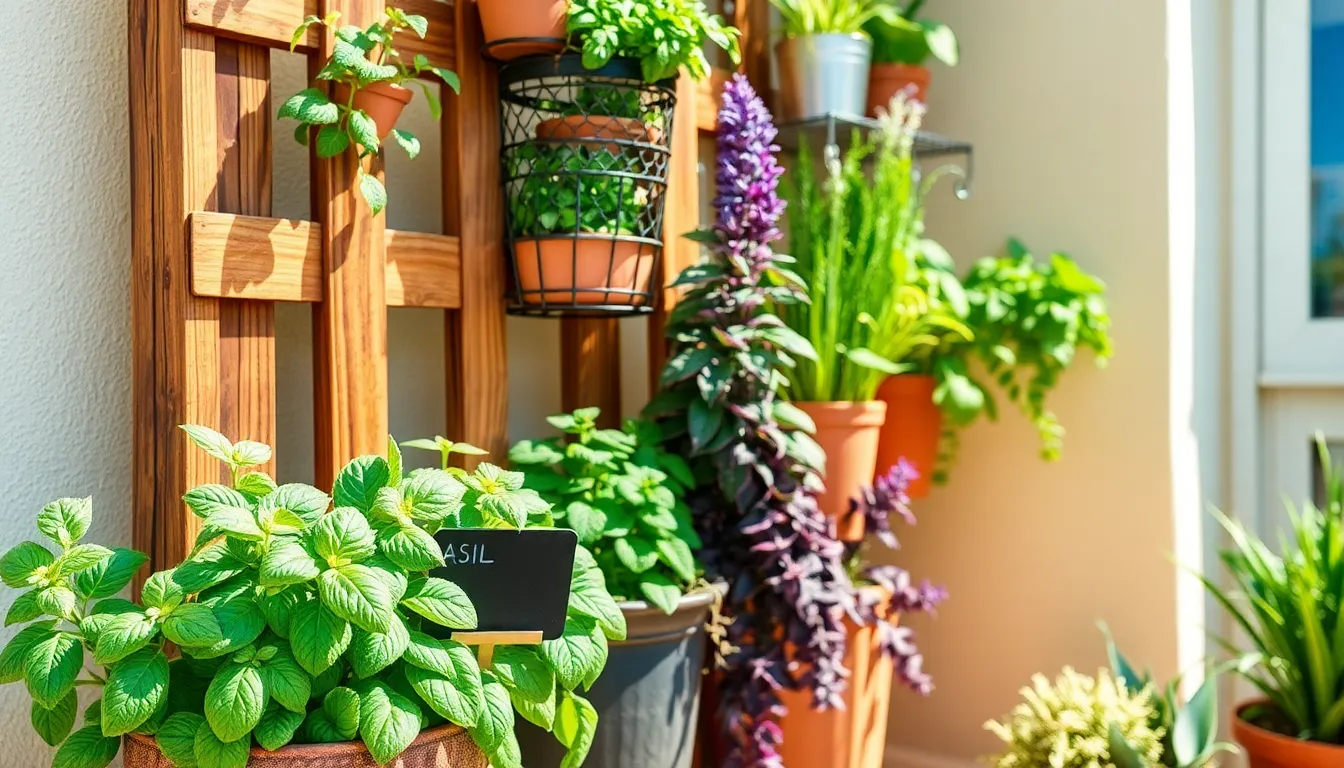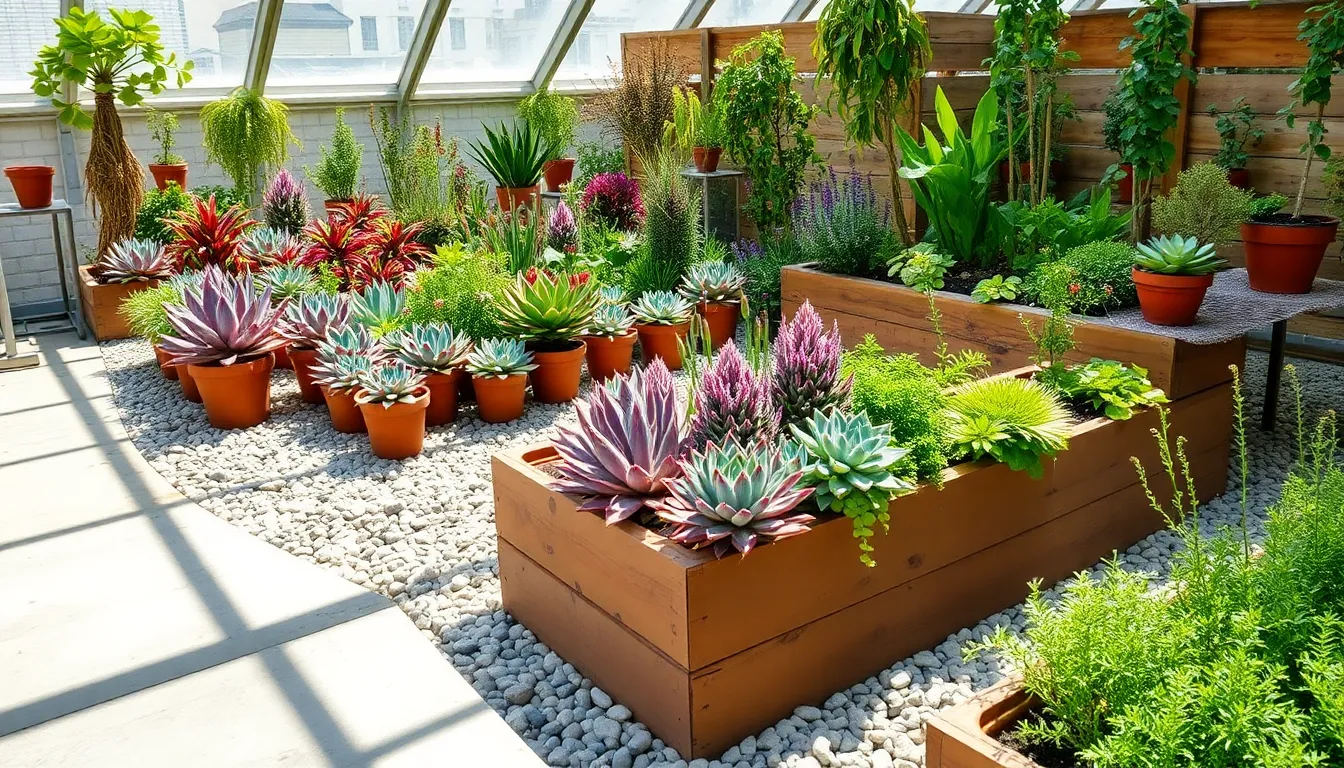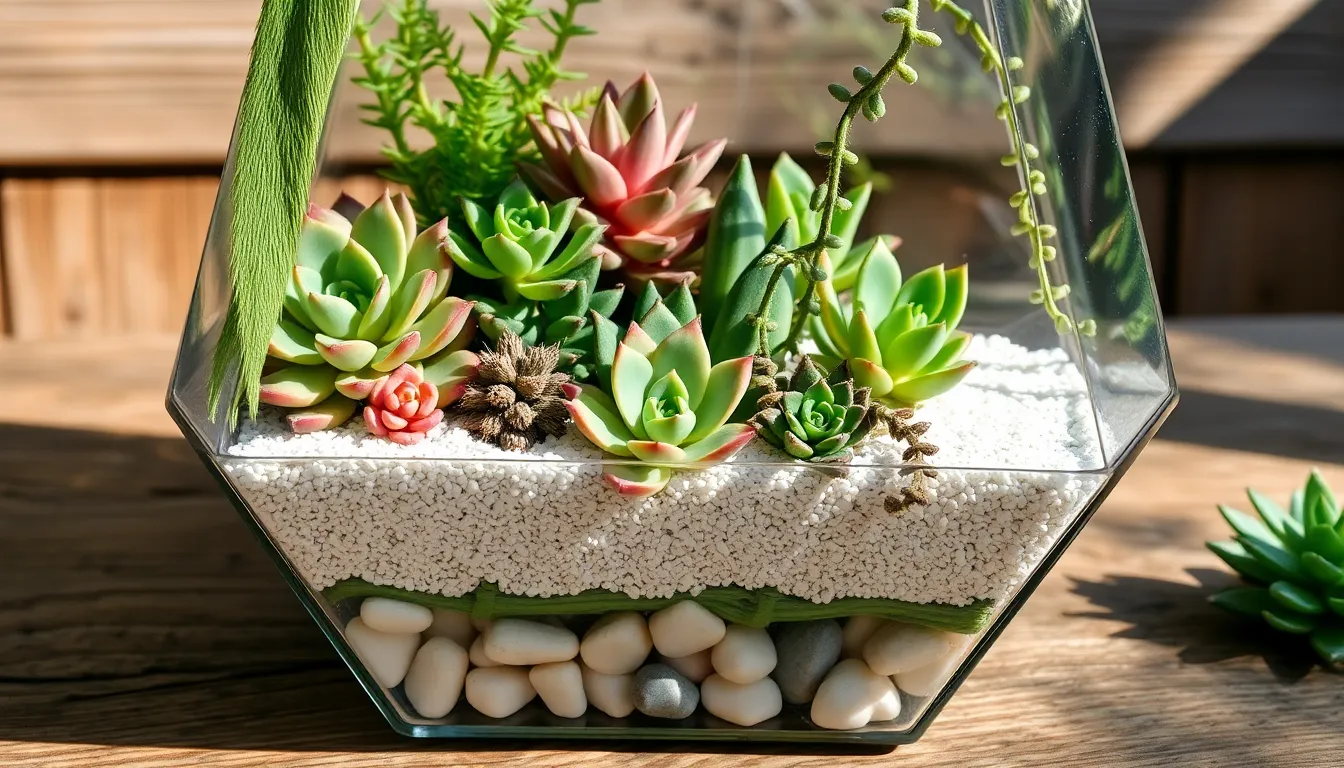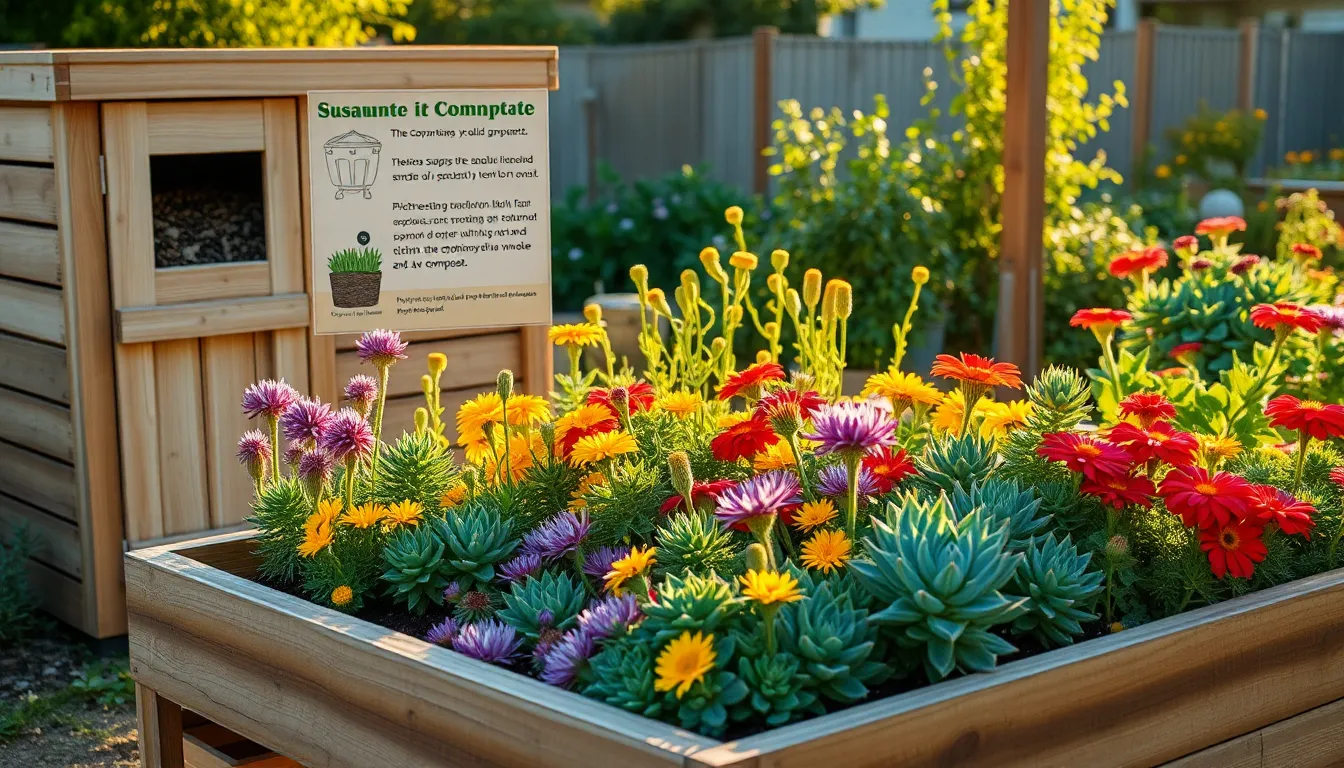Imagine stepping onto your patio or balcony, surrounded by the fragrant allure of fresh basil, mint, and rosemary cascading from a vertical garden. Whether you’re a curious beginner or a seasoned green thumb, vertical herb gardening offers a delightful twist on traditional planting that maximizes space and elevates your gardening experience. This guide is your ticket to transforming any vertical surface into a vibrant, aromatic haven that not only beautifies your home but also brings the joy of harvesting fresh herbs to your kitchen all year round.
In “13 Vertical Herb Garden Tips,” you’ll discover creative techniques to nurture your plants and maximize your yields, no matter your gardening background. By embracing these innovative strategies, you’ll unlock the potential to cultivate thriving green walls that are as visually stunning as they are bountiful. Dive in and feel empowered to embark on this rewarding journey; with a little guidance, you’ll find that successful vertical herb gardening is well within your reach.
Choose Sturdy Vertical Planters
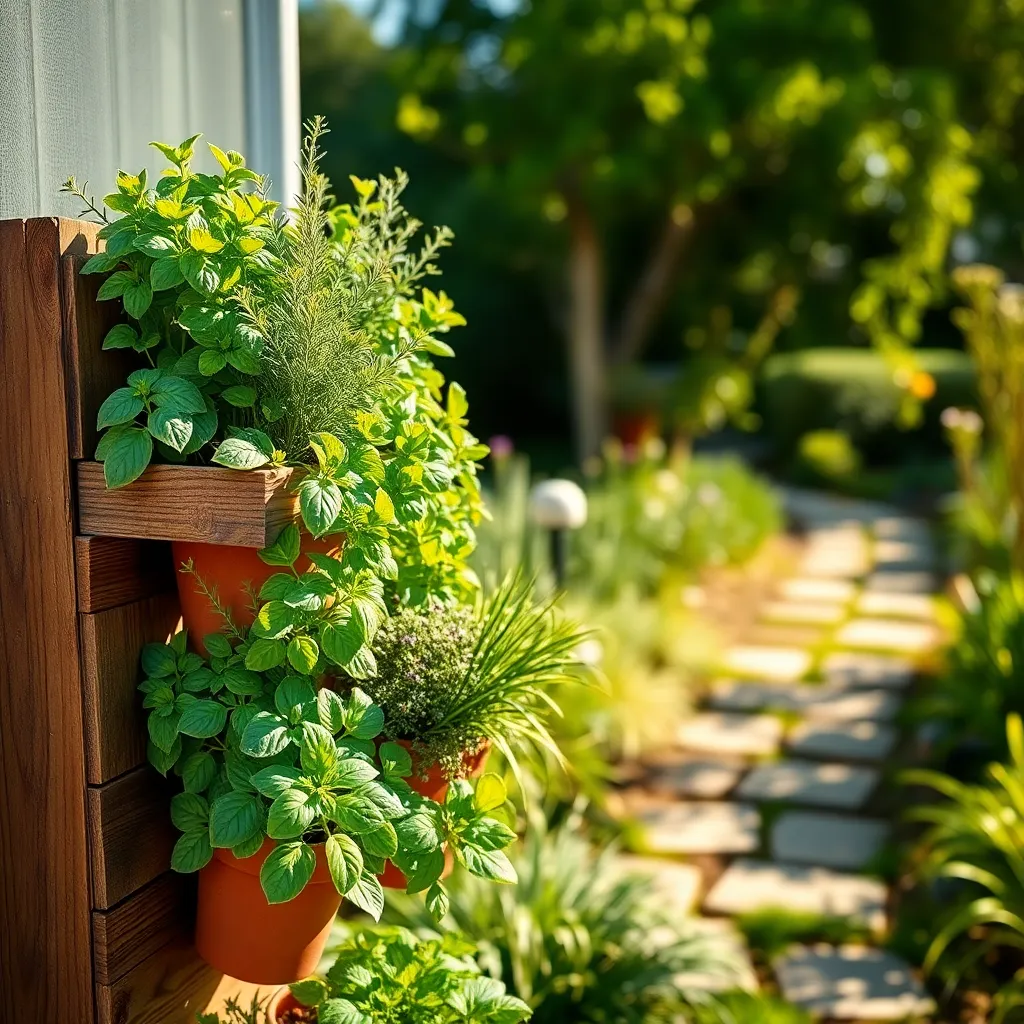
When selecting vertical planters, it’s crucial to choose materials that can withstand various weather conditions. Opt for sturdy materials such as metal, durable plastic, or treated wood, which can endure both sun exposure and rainfall without deteriorating quickly.
Ensure that the planters have adequate drainage to prevent overwatering, which is a common issue in vertical gardens. Look for designs with built-in drainage holes, or be prepared to drill your own to help maintain healthy root systems.
For beginners, start with small, modular planters that can be easily rearranged to suit your space and sunlight availability. This flexibility allows you to experiment with different plant placements and observe how each herb responds to its environment.
Advanced gardeners might consider self-watering planters, which can significantly reduce maintenance time and ensure consistent moisture levels. These systems are particularly beneficial in hotter climates where frequent watering is necessary to prevent plants from drying out.
Install Secure Wall Mounts
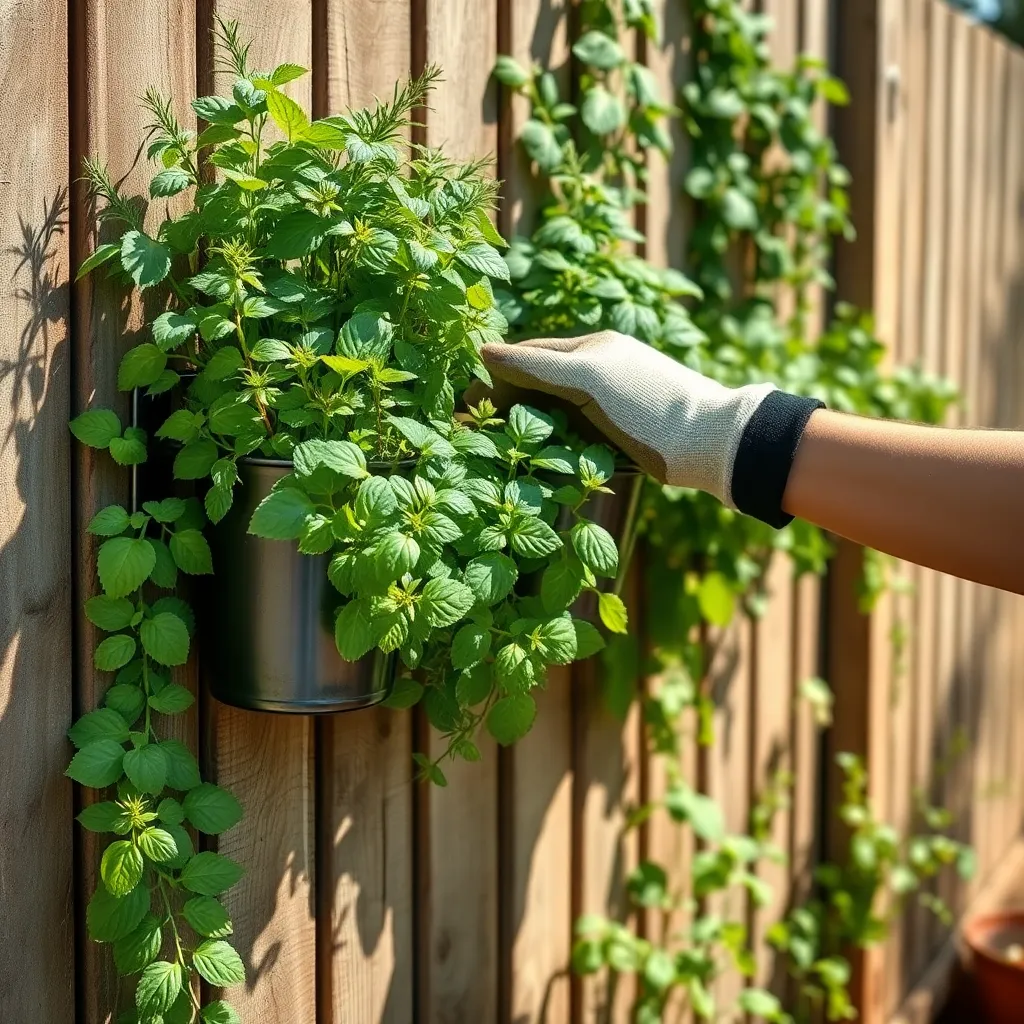
When installing a vertical herb garden, it’s crucial to securely mount your planters to avoid accidents and ensure stability. Choose wall mounts that can support the weight of your planters when they are filled with soil and herbs. This is especially important for larger planters, which can become quite heavy when watered.
To ensure a strong hold, use heavy-duty brackets or anchors that are appropriate for your wall type, whether it’s drywall, concrete, or wood. If you’re unsure about the best choice, consult with a hardware specialist to get advice tailored to your specific wall material. This step not only prevents your planters from falling but also keeps your herbs thriving by providing them with a stable environment.
For beginners, it’s helpful to start with a small, lightweight setup to get a feel for the mounting process. As you gain confidence, gradually increase the size and number of planters. This approach allows you to adjust and perfect your installation techniques as you progress.
Advanced gardeners might consider incorporating adjustable mounts, which allow for easy repositioning of planters based on light requirements. Herbs like basil and rosemary thrive with plenty of sunlight, and adjustable mounts make it easier to optimize their growing conditions. Remember to check the mounts regularly to ensure they remain secure, especially after watering or strong winds.
Select Sun-Loving Herb Varieties
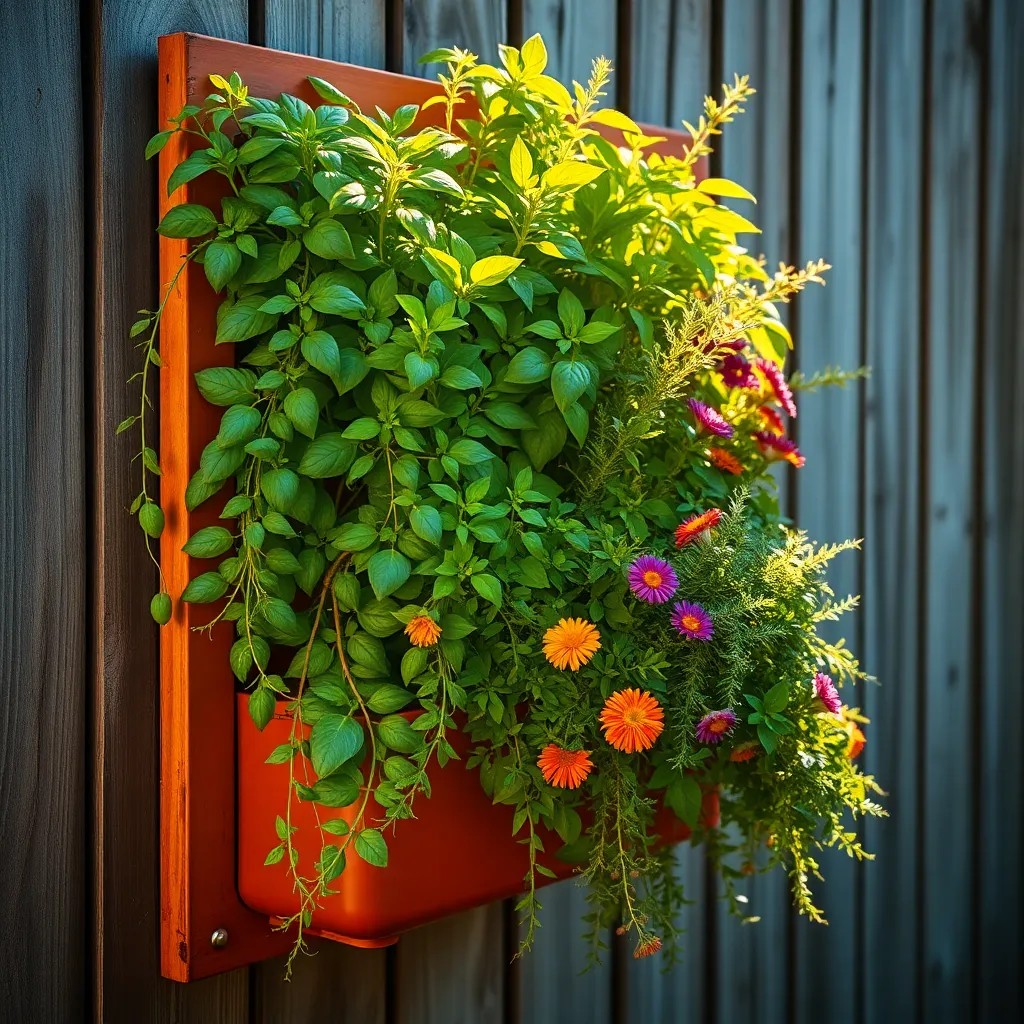
When planning a vertical herb garden, selecting the right sun-loving varieties is crucial to success. Herbs such as basil, rosemary, and thyme thrive in full sunlight, making them excellent choices for these setups.
Consider the specific requirements of each herb to ensure optimal growth. For instance, basil prefers well-draining soil and should be watered consistently but not overly soaked.
Planting rosemary requires a bit more attention, as it thrives in sandy soil with good drainage. It’s important to allow the soil to dry out between waterings to prevent root rot, as rosemary is susceptible to waterlogging.
Thyme, on the other hand, is quite hardy and drought-tolerant, making it perfect for beginner gardeners. Ensure the soil is gritty and well-draining, and place thyme in an area where it can receive at least six hours of sunlight daily.
For those ready to explore more advanced techniques, consider companion planting to maximize space and health. Pairing herbs like basil and oregano can help deter pests naturally, while enhancing the flavor of each other when grown together.
Ensure Proper Water Drainage
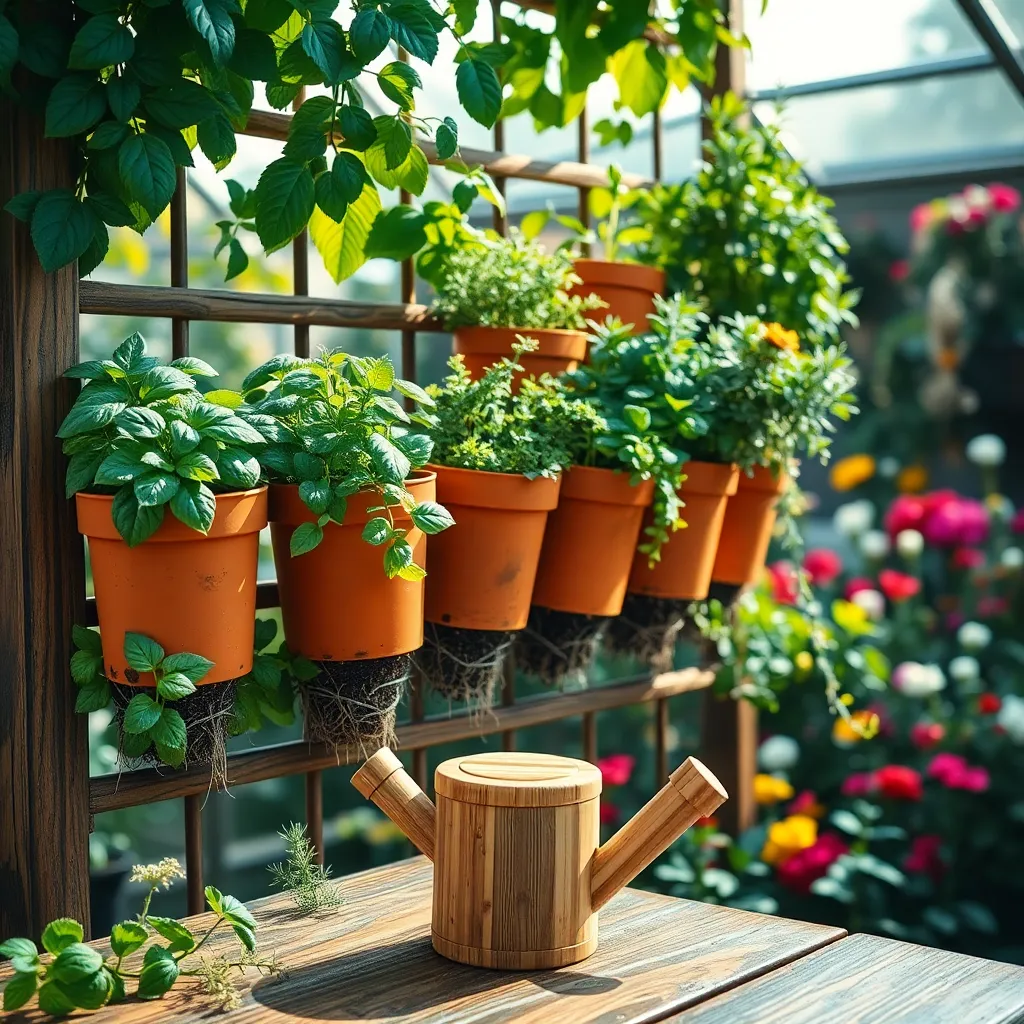
Ensuring proper water drainage is crucial for the health of your vertical herb garden. Without it, your herbs might suffer from root rot, which can severely stunt their growth or kill them.
Start by choosing a well-draining soil mix, such as a combination of potting soil with added perlite or sand. This mixture will help prevent water from pooling around the roots, which is essential for maintaining healthy plants.
Consider the design of your vertical garden to optimize drainage. Make sure each planter or pocket has drainage holes to allow excess water to escape easily, preventing waterlogging.
For those using stacked or tiered vertical gardens, it’s important to water from the top and let gravity help distribute moisture effectively. This method ensures that each layer receives adequate water without oversaturating the lower levels.
Advanced gardeners might implement a timed drip irrigation system, which offers precise control over the watering schedule and amount. This system can be particularly helpful for maintaining consistent moisture levels without overwatering.
Space Herbs for Air Circulation
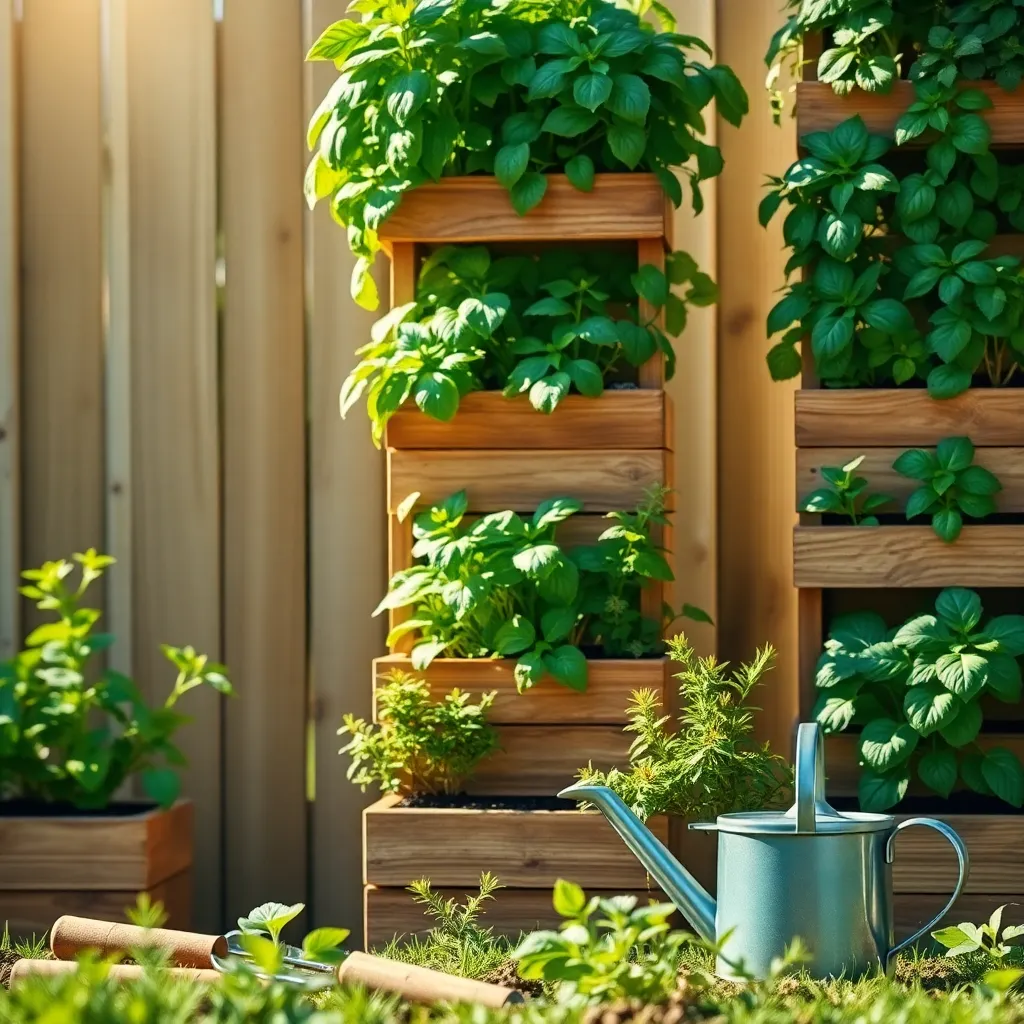
Spacing herbs correctly in a vertical garden can significantly improve air circulation around each plant. This is crucial because good airflow helps prevent fungal diseases, such as powdery mildew, which can thrive in cramped, moist environments.
When planning your vertical herb garden, aim to leave at least a few inches between each plant. This spacing allows each herb to receive adequate light and air, reducing the risk of pests and diseases.
Consider the mature size of each herb as you arrange them in your vertical setup. Herbs like basil and mint can grow quite bushy, so it’s best to give them a little extra room to spread.
For beginners, a simple guideline is to group smaller herbs like thyme and chives together, as they require less space. More experienced gardeners might experiment by vertically layering herbs with varying growth habits to optimize both space and air circulation.
Use Lightweight Potting Mix
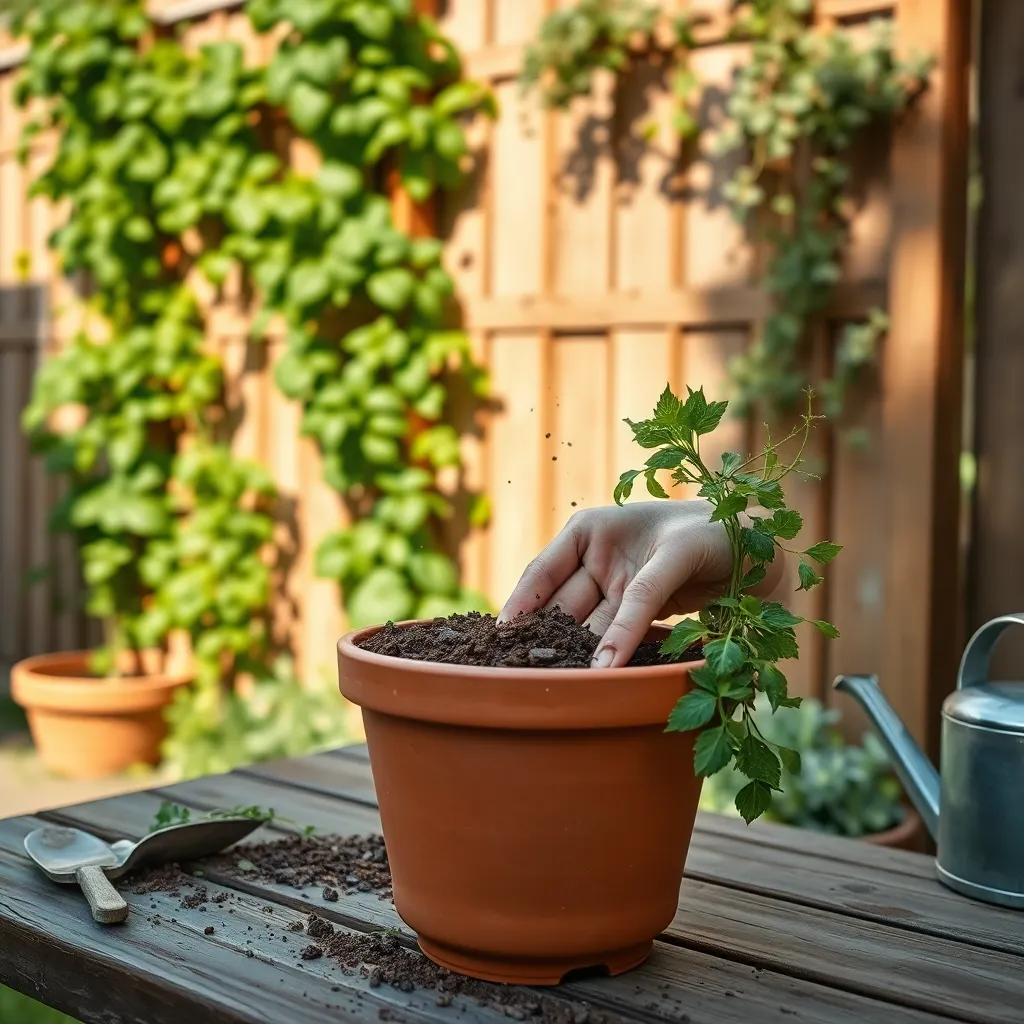
Using a lightweight potting mix is essential for vertical herb gardens to ensure both healthy plant growth and ease of maintenance. Such mixes typically contain components like perlite, vermiculite, and coconut coir, which provide excellent drainage and aeration.
When selecting a potting mix, look for one specifically labeled for containers or vertical gardening. This ensures it has the right balance of nutrients and structure to support herb growth in a confined space.
It’s important to avoid using garden soil, as it can become too compacted in vertical setups, restricting root growth. Instead, consider adding a slow-release fertilizer to your lightweight mix to provide a steady supply of nutrients.
For experienced gardeners, creating your own blend can be a rewarding task. Combine equal parts of peat moss, perlite, and compost to craft a custom mix that suits your specific herbs’ needs.
Rotate Planters for Even Light
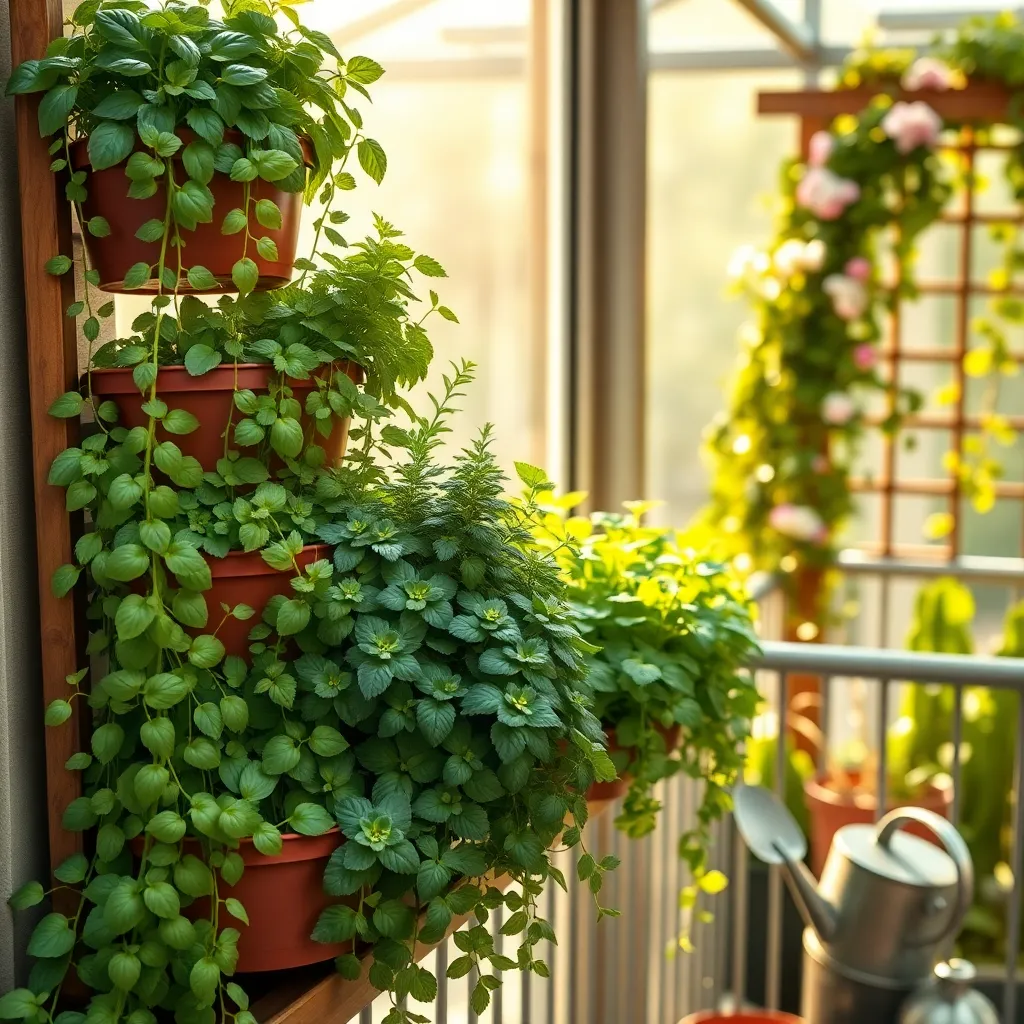
To ensure your vertical herb garden thrives, it’s crucial to rotate your planters regularly for even light exposure. Plants naturally grow towards the light, and without rotation, they may become lopsided or weak on one side.
Every few days, turn your planters a quarter turn to help all sides of the plants receive equal sunlight. This practice not only promotes a more balanced growth but also reduces the risk of plants leaning excessively.
For those using window shelves or balcony spaces, rotating planters is especially important to maximize light, particularly in urban areas where sunlight can be inconsistent. If your setup involves hanging planters, ensure they are easily accessible for regular rotation.
Advanced gardeners might use a light meter to measure the amount of sunlight each side of the planter receives, adjusting rotations accordingly. Consider this tool if you wish to fine-tune the light distribution even further.
Incorporate Drip Irrigation Systems
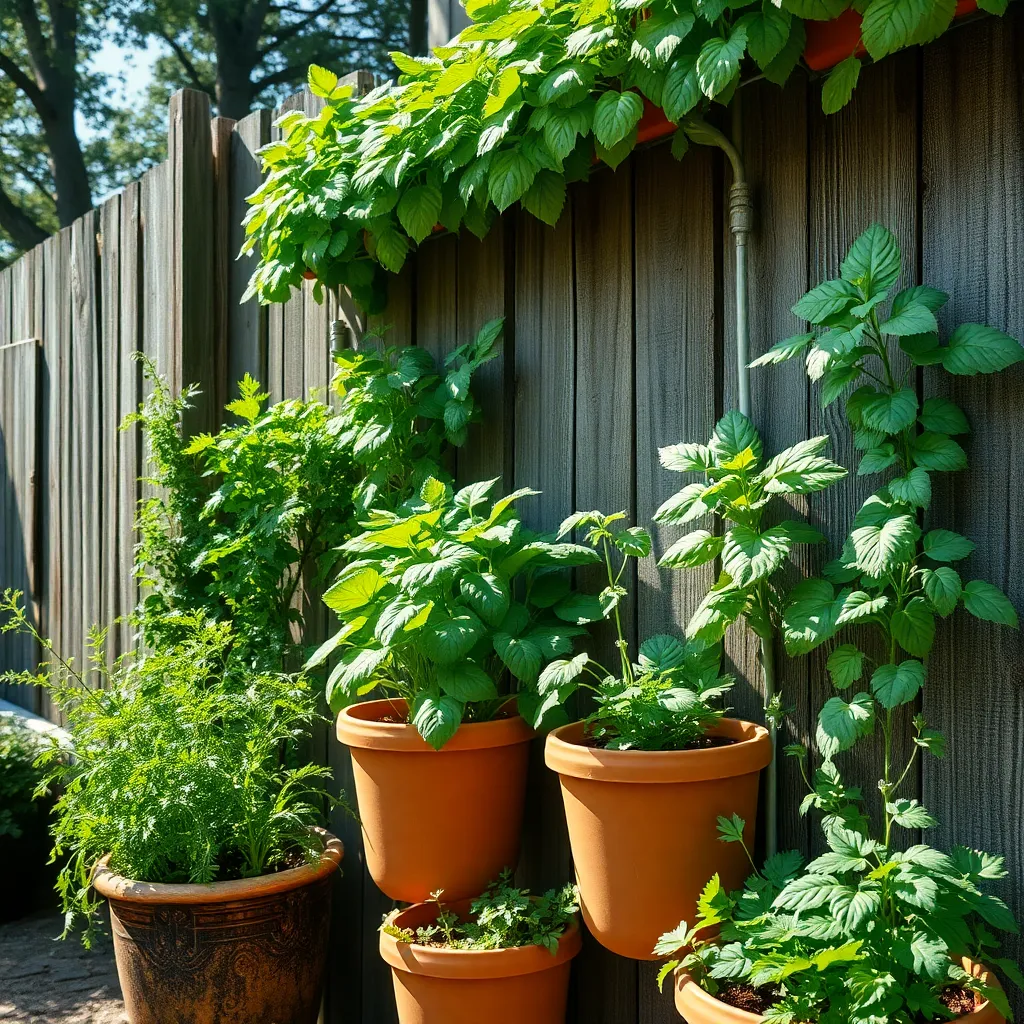
Incorporating a drip irrigation system into your vertical herb garden can significantly enhance plant health and growth. Drip irrigation delivers water directly to the roots, ensuring that your herbs receive consistent moisture without overwatering.
Consider using a timer to automate your drip irrigation system, which can be especially beneficial for busy gardeners. This setup not only conserves water but also ensures your herbs are hydrated even when you’re away.
For beginners, start with a simple kit that includes all necessary components like tubing, emitters, and connectors. These kits are easy to install and allow you to expand the system as your garden grows.
Experienced gardeners might experiment with adjusting the flow rate of the emitters to match each herb’s specific water needs. Herbs like rosemary and thyme prefer slightly drier conditions, while basil and parsley thrive with more consistent moisture.
To ensure optimal performance, regularly check the system for clogs or leaks, especially after heavy storms or wind. Keeping the system maintained will ensure your herbs remain healthy and productive throughout the growing season.
Prune Regularly for Healthy Growth
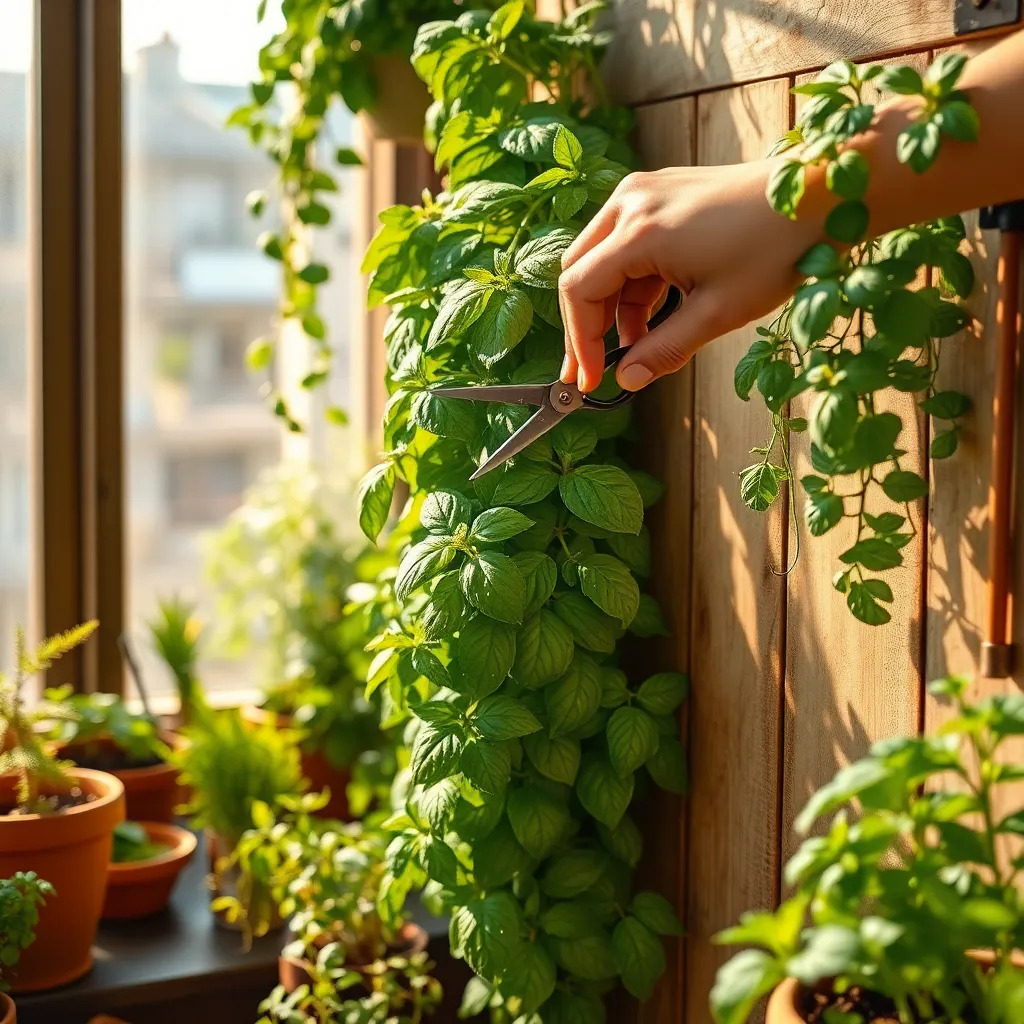
Regular pruning is essential for maintaining a healthy vertical herb garden, as it encourages new growth and prevents overcrowding. By trimming your herbs frequently, you can also enhance their flavor and aroma, making them more potent for culinary use.
To start, use clean, sharp scissors or pruning shears to make precise cuts, which helps prevent disease. Focus on removing dead or yellowing leaves first, as they can harbor pests and diseases that might spread to healthy parts of the plant.
Next, consider the growth habits of the specific herbs in your garden. For example, herbs like basil and mint benefit from pinching back the top sets of leaves to encourage bushier growth, while rosemary and thyme prefer to be pruned down to a pair of leaves to stimulate new stems.
It’s also crucial to prune based on the season, as this can impact plant health and productivity. During the growing season, prune more frequently to keep plants manageable and productive, whereas in cooler months, it’s better to prune sparingly to avoid stressing the plants.
Label Herbs for Easy Identification
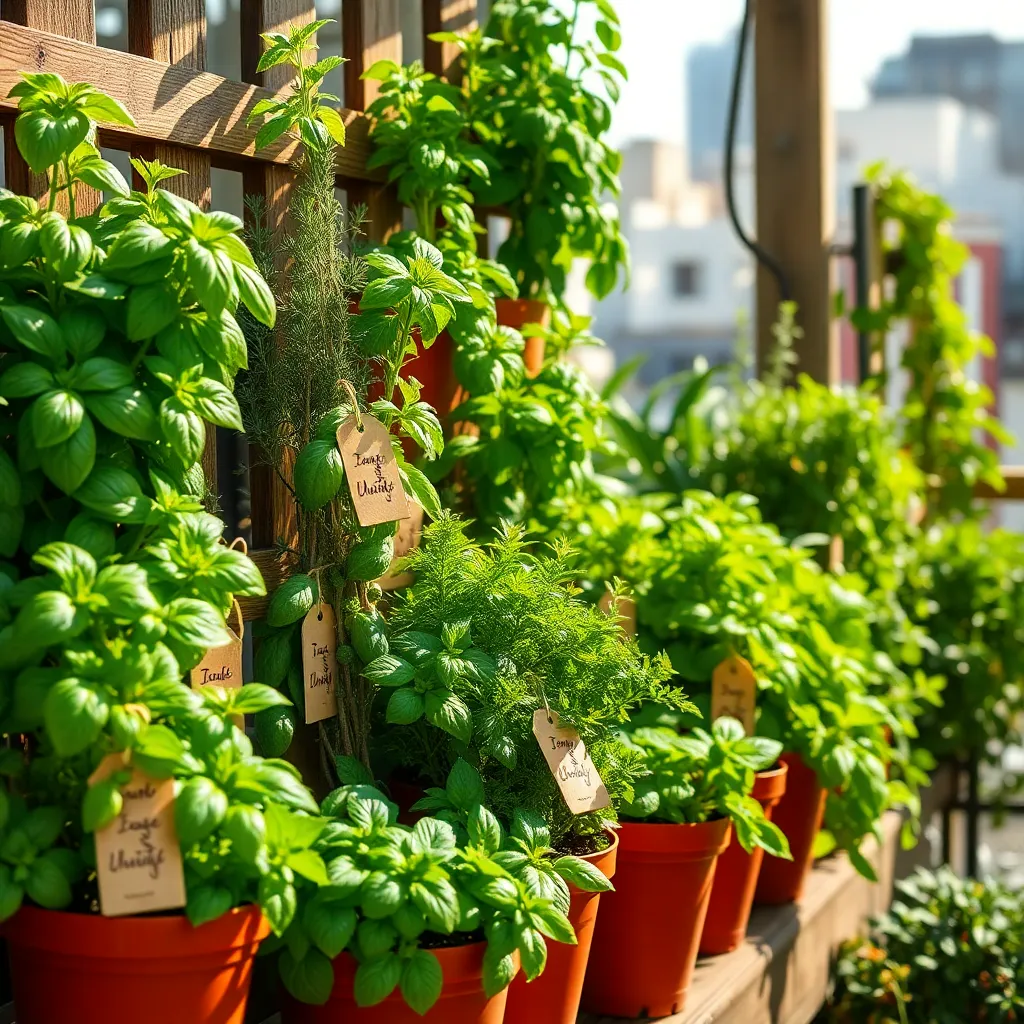
Proper labeling of your herbs is essential for easy identification, especially in a vertical garden where plants are closely packed. Use durable materials like weather-resistant labels or plastic markers to ensure longevity, as these will withstand outdoor conditions better than paper tags.
Consider using a permanent marker to inscribe the plant names clearly on the labels, or opt for pre-printed labels if you prefer a neater appearance. For a more sustainable option, you can create your own labels from recycled materials such as old plastic containers or wooden sticks.
Placing labels at the base of each plant allows you to quickly identify herbs like basil, thyme, or cilantro without disturbing their growth. Make sure the labels are positioned in a way that they remain visible as the plants grow and fill out the vertical space.
For advanced gardeners, consider adding more information to your labels, such as the planting date or specific care instructions like watering needs or sunlight preferences. This additional information can be particularly helpful in maintaining a consistent care routine and ensuring that each herb receives the optimal growing conditions.
Fertilize with Organic Solutions
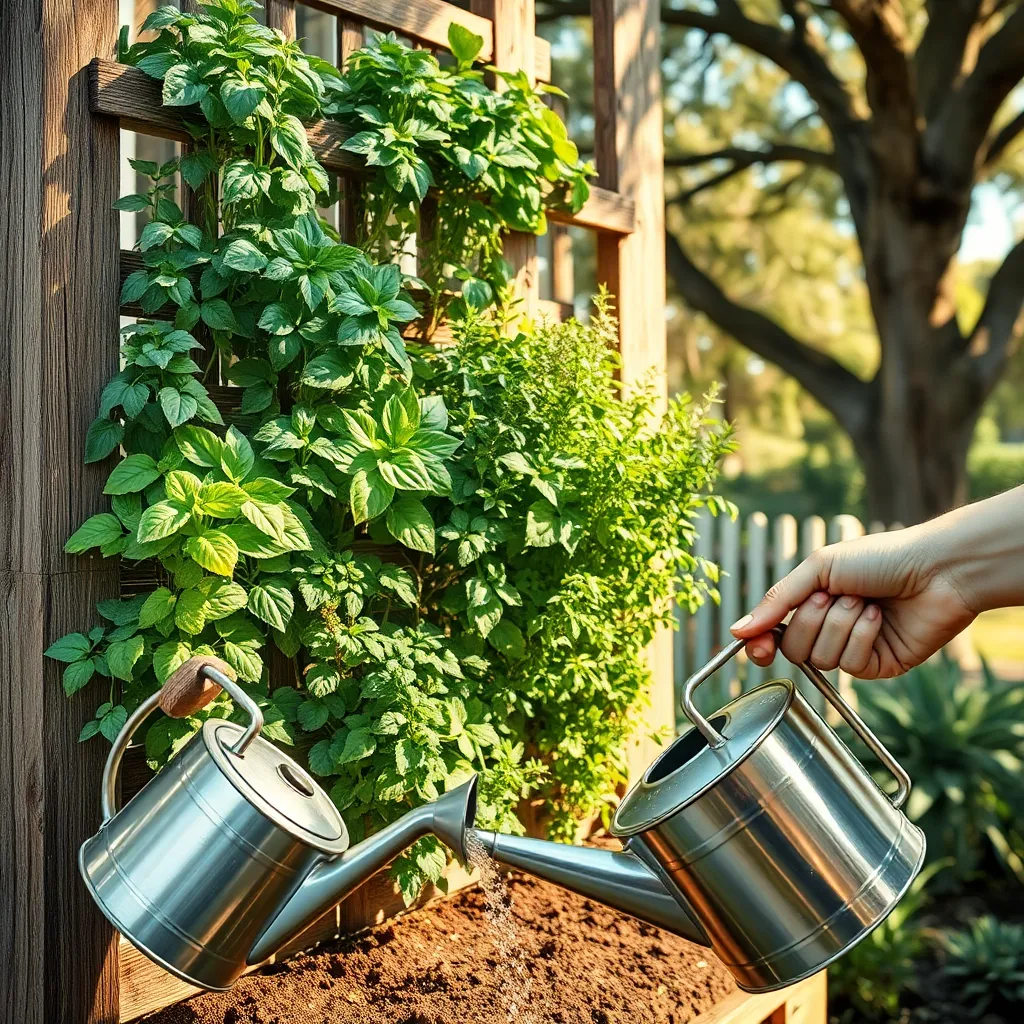
Using organic solutions to fertilize your vertical herb garden ensures that your plants are nourished without harsh chemicals. Compost tea is an excellent choice for feeding herbs, as it provides a balanced range of nutrients that promote healthy growth.
To make compost tea, steep a small bag of compost in a bucket of water for 24 to 48 hours, stirring occasionally. Once ready, dilute the tea with water at a 1:10 ratio and apply it to your herbs every two to three weeks for optimal results.
Another great organic option is using well-rotted manure, which is rich in nitrogen, phosphorus, and potassium. Mix it into your potting soil before planting or use it as a top dressing during the growing season to continuously feed your herbs.
For gardeners looking for a more straightforward solution, fish emulsion is a readily available organic fertilizer that provides a quick nutrient boost. Apply it by mixing the emulsion with water as per the package instructions and soaking the soil around your plants once a month.
Protect from Harsh Winds
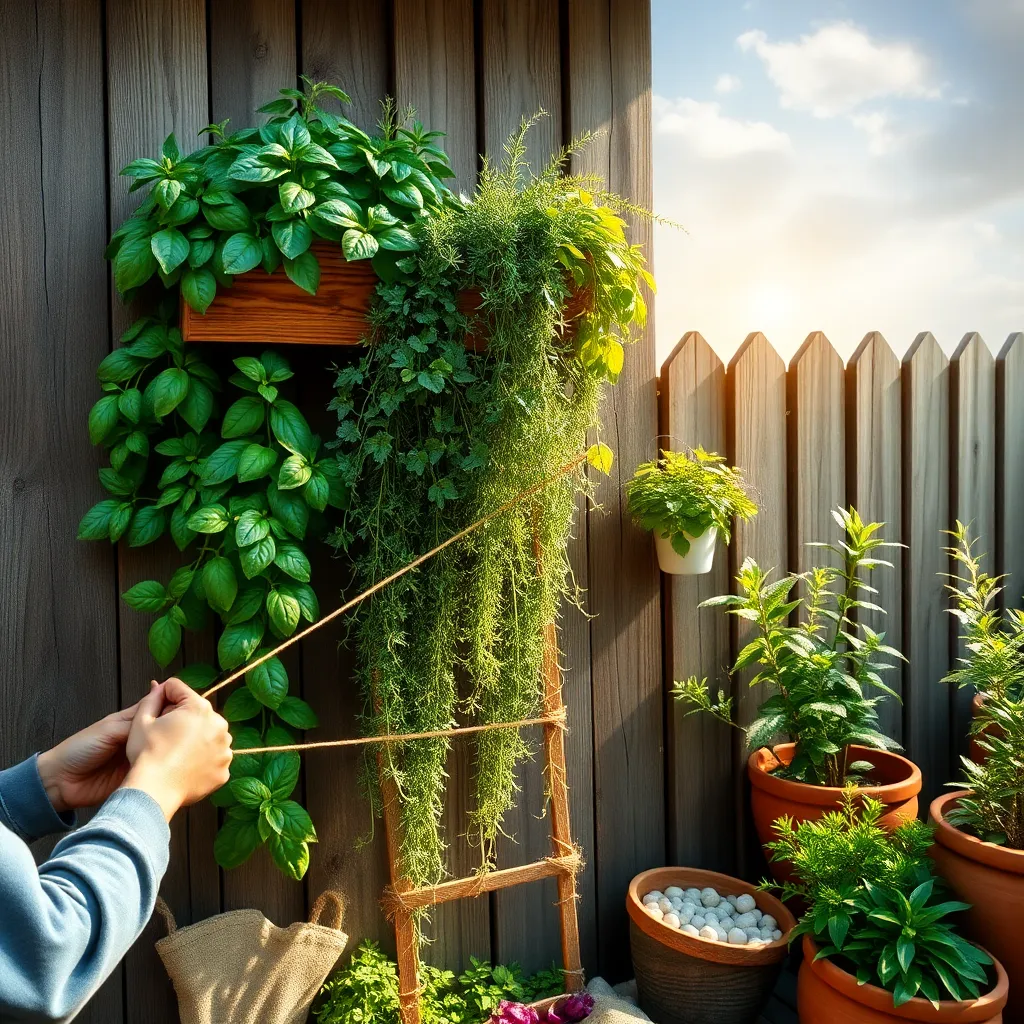
When setting up a vertical herb garden, it’s crucial to consider protection from harsh winds. Strong winds can damage delicate herbs, dry out soil quickly, and stunt plant growth. To mitigate this, position your vertical garden against a sturdy wall or fence. This not only provides support but also acts as a natural windbreak.
For added protection, consider installing a lattice or trellis around your garden. These structures can diffuse wind strength while allowing sunlight to reach the plants. Choose a lattice made from durable materials like cedar or pressure-treated wood for longevity.
Planting wind-resistant herbs on the outer edges of your vertical garden can also help shield more sensitive varieties. Herbs like rosemary and thyme have sturdy stems and can act as a natural barrier. Place more fragile herbs like basil and cilantro in the center to benefit from this protection.
In regions prone to strong seasonal winds, creating a temporary windbreak from burlap or garden fabric can be beneficial. Secure it around the garden structure during particularly windy periods. This temporary measure can drastically reduce wind impact and help maintain consistent moisture levels in the soil.
Harvest Herbs Frequently
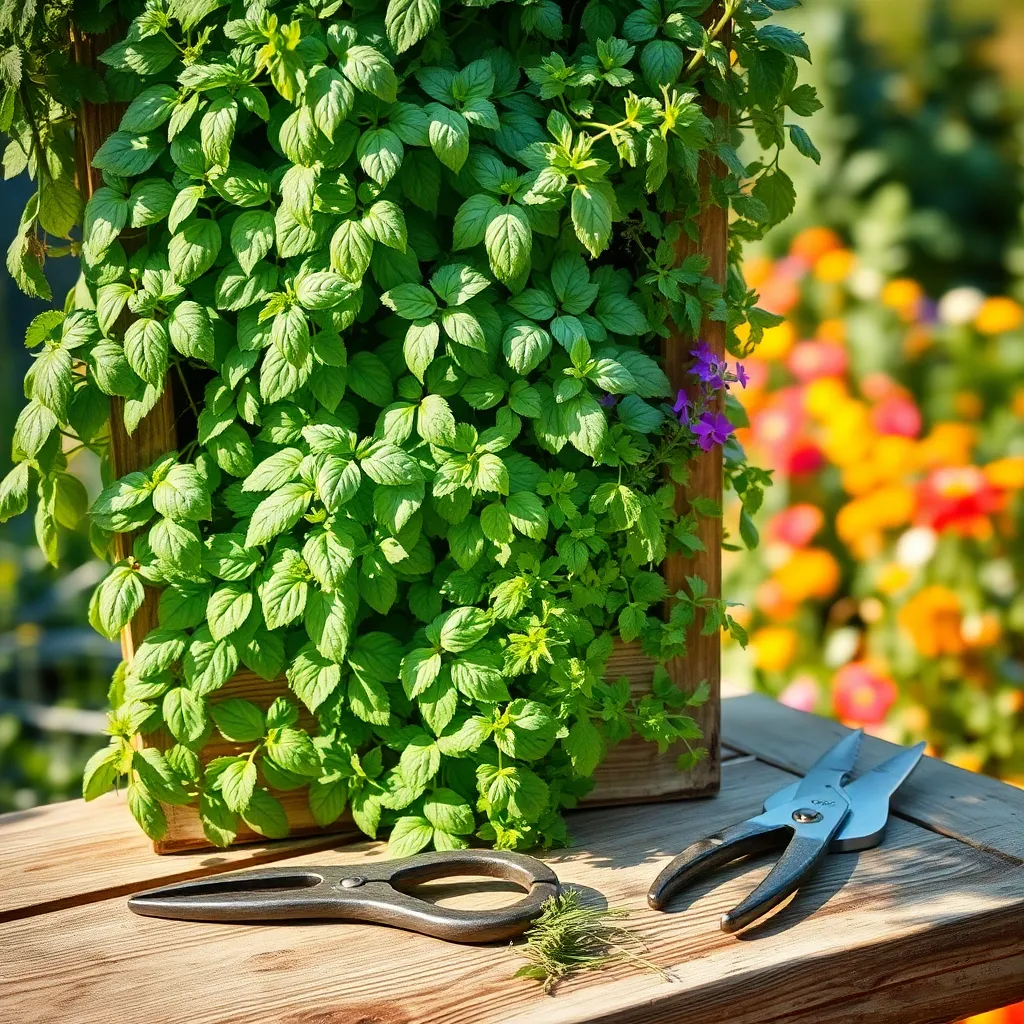
Regularly harvesting herbs encourages healthier growth and enhances flavor. Snipping herbs frequently can prevent them from becoming leggy and unproductive.
To maximize your harvest, use clean, sharp scissors or pruning shears. This minimizes damage to the plant and promotes quicker recovery.
Focus on cutting the top growth to stimulate bushier plants. For herbs like basil, mint, and oregano, cut just above a leaf node to encourage new shoots.
Even if you don’t need the herbs immediately, harvest them to prevent flowering, which can reduce the potency of their flavor. Dry or freeze the extras to preserve their aromas and tastes for later use.
Conclusion: Growing Success with These Plants
In exploring the ’13 Vertical Herb Garden Tips,’ we’ve uncovered a treasure trove of strategies to cultivate and nourish the garden of your relationship. From creating a sturdy foundation to ensuring regular maintenance, embracing creativity, and adapting to change, each tip serves as a metaphor for building a resilient and thriving partnership. We’ve highlighted the importance of communication, mutual respect, and shared growth, as well as the necessity of allowing space for individual dreams and aspirations.
As an actionable next step, consider initiating a heartfelt conversation with your partner about one of these tips that resonates with both of you. This dialogue could be the seed that sparks new growth and understanding in your relationship.
Remember, nurturing your relationship is an ongoing journey. Bookmark this article now, so you can revisit these insights whenever you need a reminder or fresh inspiration.
Looking forward, know that with patience, perseverance, and love, your relationship can flourish in ways you never imagined. Embrace these tips as tools for success, and watch as your connection blossoms beautifully over time.

